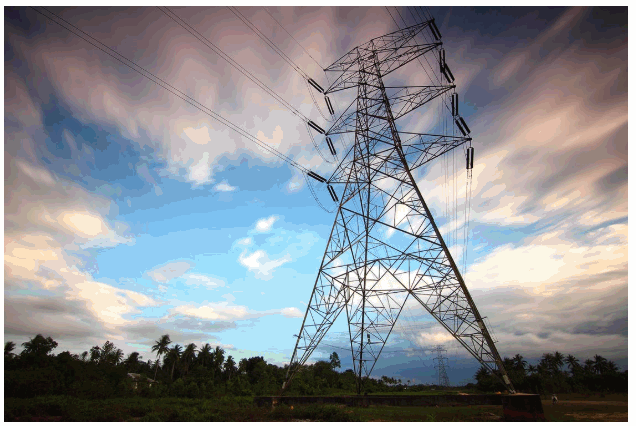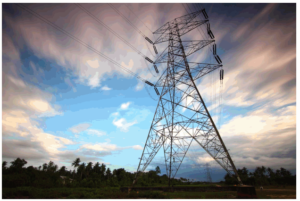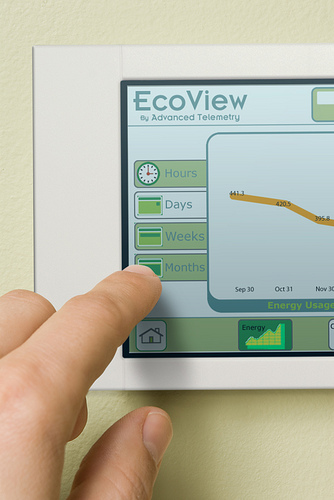Do you know how much your individual electrical appliances actually cost to operate? In a world where environmental awareness is a pressing concern, being aware and mindful of not only how much energy you’re using but also how much each appliance costs is more important than ever.
Every appliance or device you use is reflected in your monthly energy bill, but that doesn’t mean they all cost you the same. This awareness of just how much each device uses and how much it costs can save you big if you’re careful. If you know the biggest energy vampires in your home, you can adjust your uses or replace them altogether.
In this guide, we’ll show you how to calculate electricity usage cost and charges in your home. However, if you need to calculate larger usage, such as for a business or large building, it’s worth using a resource like EnergyBot. Get your calculator and let’s get started!
Step 1. Find the Wattage
The first step is to find the wattage of your devices. Luckily, this is easier than you might think for more appliances and electronics. You can usually find the wattage label on the device directly. If you’re not sure where to look, check the bottom or the back. Alternatively, it should be listed in the owner’s manual. Sometimes it is listed in kilowatts so you just have to remember that there are 1000 watts in one kilowatt so 1,200 watts equals 1.2 kilowatts.
If you’re not able to find the wattage label, you’re not out of luck. There are a few other options for determining just how much power this appliance uses. Another choice is to research the manufacturer using the device’s model number. You can find just about anything on the internet. One thing to remember is that the listed wattage is “peak wattage” meaning that is the most the appliance will draw. In most cases, it will use less on a continual basis. So, if you really want to be absolutely precise you can use a wattage measuring device which you can purchase online which will give you the actual amount being used. But for estimating purposes peak wattage is fine.
Here’s a small cheat sheet of common wattages to get you started on what types of numbers you can expect to see:
- Dishwasher: 1200-2400 watts
- Washer: 350-500 watts
- Dryer: 1800-5000 watts
- Laptop: 50 watts
- Television: 65-170 watts
Step 2. Calculate Watts Per Day
Next, it’s time to pull out your calculator. Don’t worry, this isn’t as hard as it sounds. You don’t need to crack out a science textbook to figure this one out. All you need to do is calculate just how many watts each device uses per day, so you’ll be multiplying your device’s wattage by how many hours you use it each day.
For instance, if you use your 120-watt TV for 3 hours a day, you’ll multiply 120 by 3 to get 360. That means the TV consumes an average of 360 watt-hours per day. However, we’re not done here. Electricity is actually measured in kilowatt-hours on your utility bill, not watt-hours.
To do this next bit of simple math, you need to know that 1 kilowatt is equal to 1,000 watts. To determine how many kWh (kilowatt-hours) a device uses, you’ll need to divide the watt-hours you just found by 1,000. If we use the example from before, we would divide 360 by 1,000 to get 0.360 kWh. And your 1200 watt dishwasher is 1.2 kilowatts times 1.5 hours or 1.8 kilowatt hours.
Step 3. Calculate Your Month Usage
Next, you’ll multiply your daily kWh by 30 to find out just how much you typically use in a month. So using the example we’ve already calculated, you’ll multiply 0.360 by 30 to get 10.8kWh/month. This is your monthly usage for a single device (in this example, a TV).
Now that you know how much you use in a month, you’re ready to calculate the cost. You’ll want to pull out your energy bill for this last step.
Step 4. Determine the Cost
Use your electric bill to see just how much you’re paying per kWh. This is your electric bill. It might be anywhere from $0.09 – $0.33 per kWh. As of July 2019, the highest cost is in Hawaii where electricity averages 33.43 cents per kWh and Washington State has the lowest at 9.81 cents per kWh. You can see the cost for each state here.
Assuming it’s at 10 cents per kWh, we can use our example from before to multiply that by our monthly usage (10.8). Using this simple calculation, we can figure out that our TV costs us $1.08 a month.
This might not seem like much, but if you use a larger appliance like a washer or dryer which is used frequently, you’ll start to see the costs add up. Determining just how much you pay for all of your individual devices and electronics can help you make big changes in your energy usage cost.
The following video is a good explanation of how to do these calculations except that he mixes up cents and dollars. 0.23 dollars is 23 cents. His final calculation should read $0.057 dollars not 0.057 cents so the result is 5.7 cents.
How Does Your Bill Stack Up?
Electric bills generally vary in cost depending on the time of year, your devices, and how much time you spend at home. If you work from home, for instance, you can expect to pay more on energy costs. Similarly, places with extreme weather tend to pay more for electric. For example, the average monthly cost of an electric bill in Florida is $126. This could be vastly different depending on where you call home.
Now that you can do the calculation for yourself, how does your own energy usage add up? It’s time for us all to give more thought to not only the number on our bill but how much we’re conserving.
You might also like:
- 4 Home Improvement Projects You Can Save Money On
- How to Save Energy When Using a Water Heater
- Big Family? Top Strategies for Saving on Utilities
- Money-Saving Upgrades: 3 Home Investments to Help Your Wallet
- How Turning Your House Into a Smart Home Can Save You Money
- Avoid a Money Pit: 4 Vital Inspection Items before Buying an Older Home




